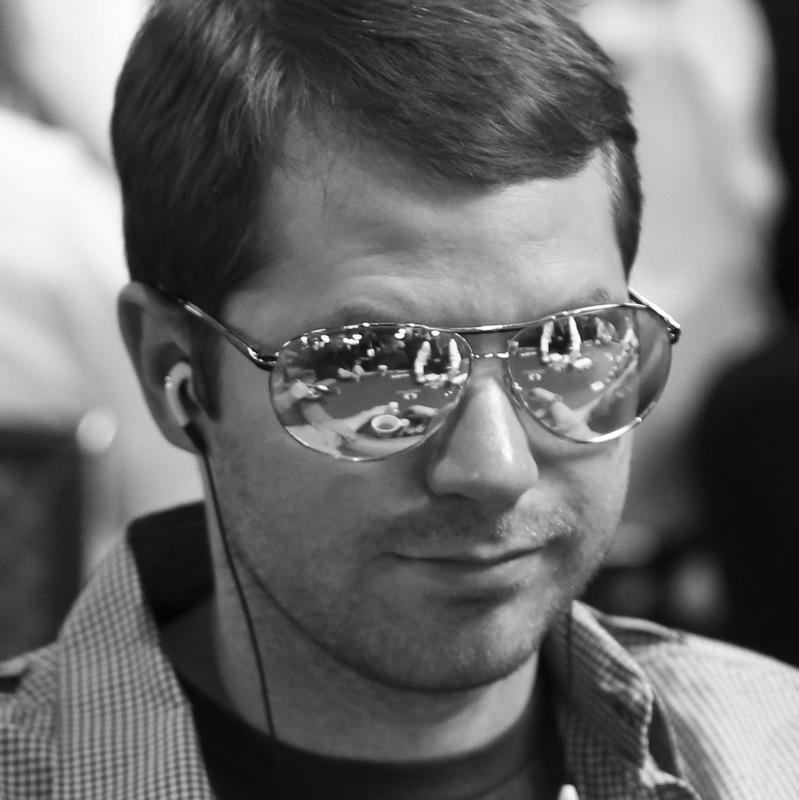






Where Does Your Profit Come From?by Jonathan Little | Published: Dec 06, 2017 |
|
|
I recently had the opportunity to play a $25-$50 no-limit game on Poker Night in America at Choctaw Casino in Durant, Oklahoma. It was an awesome experience and a lot of fun. The table was a nice mix of amateurs and professionals and there was lots of action.
About halfway through the first day of filming, I became aware that I was not playing very many pots with the amateurs, and quickly realized the obvious mistake I was making. My seat draw was such that I had two somewhat splashy amateurs on my left and two somewhat tight professionals on my right. My “default” no-limit hold’em strategy is to three-bet most of my playable hands when someone from late position raises in front of me, which normally works out well, but with this seating configuration, resulted in me playing mostly small pots against good players. That is the exact opposite of what I want!
After realizing the error in my ways, I started calling the professionals’ raises with most of my playable range, which resulted in my seeing many more multi-way flops in position when the amateurs called from the blinds, which eventually led to me winning more than my fair share of the money due to my range and positional advantage. The simple adjustment of calling instead of three-betting before the flop led to many more profitable situations to me. All you really have to do to win at poker is to find people who are worse than you and play with them. My default strategy resulted in the exact opposite, which left a lot of money on the table.
Another adjustment I made was to defend my blinds way more often than I normally do when the overly aggressive amateurs raised before the flop. Instead of folding hands like Q-7 offsuit, which I would almost normally do against strong opponents, I called and saw a heads-up flop. Even from out of position, if you play well, you will win money in the long run (or at least lose less than you would if you folded away your big blind).
I also spent time focusing on my opponents’ tells. A few weeks before the filming of the show, I watched all the footage I could find on each of my opponents on YouTube. As I watched, I took diligent notes on my opponents’ tendencies and by the end of my study, I had at least a few notes on each player. I reviewed my notes each day to ensure they were fresh on my mind.
One particular read was that one of my opponents liked to bet quickly when bluffing, especially on the river. While I did not go out of my way to get to the river against this opponent (which may have been another mistake on my part), I encountered one fast river bet, made a light call, and won a sizable pot that I would have otherwise lost. By working hard away from the table, I capitalized at the table.
Against the best players, playing a fundamentally sound strategy and rarely adjusting will win money in the long run, but if your opponents consistently make mistakes, you should get out of line to take advantage of them. The $25-$50 Poker Night in America game went well for me. I ended up profiting $15,000 over about 15 hours of play despite losing my one big all-in with A-K against K-K for a $30,000 pot. That is lucky! ♠

Jonathan Little
Features
The Inside Straight
Strategies & Analysis